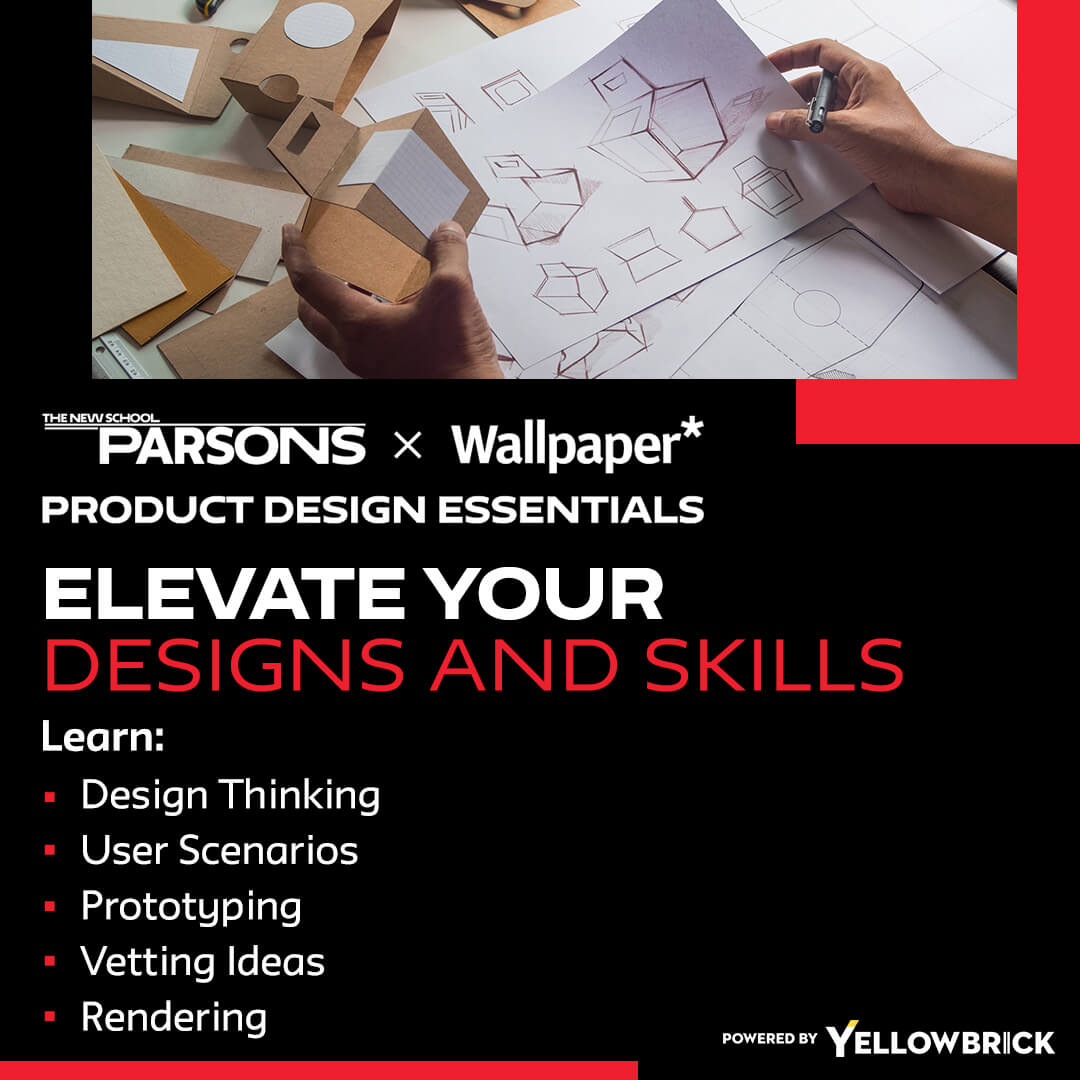Online UX Design Education: Importance of Active Listening

Active listening is truly the most important ability that professionals need to have when interviewing someone in UX design. When I say active listening, there are a few characteristics that must be involved in UI design.
The first thing an interviewer should do is to be very present with the other person in UI. Many times when someone else talks, we tend to think about our own thoughts, how we can relate to the story that person is telling as well as any similarities our own lives may have to the person telling the story. So, active listening is really putting oneself outside of that tendency and being truly there in the moment with that person, with no agenda other than really hearing their story.
The first thing that I would recommend is be present with the UX employee. Put away all your to-do list for the day or the week aside. Put all your own personal agenda aside. Just really be there listening the person.
The second thing that is an important component of actively listening is observing body language. A person says so much more in one’s non-verbal language than in their verbal language. One would observe body language in order to see when the person is opening up, when they’re closing, when their voice becomes lower or higher, or when they’re talking really quickly or really slowly.
All these things indicate if the person is talking about something that excites them, about something that they’re ashamed of, or about something that is vulnerable to them. Body language is a great indicator of such emotions, and actively listening involves observing this nonverbal expression.
The last component of active listening is to look for stories. We constantly, as design researchers, want to look for stories because they depict the values of that human being. They hold the motivations for whomever you’re talking to. Once we understand a person’s motivation, we can create a solution that is really powerful. So, the components of active listening include being present, observing body language, and looking for stories.


